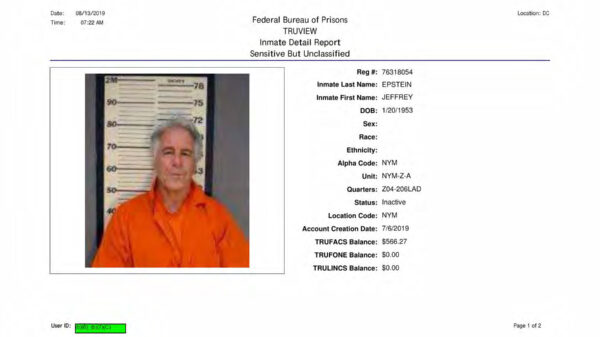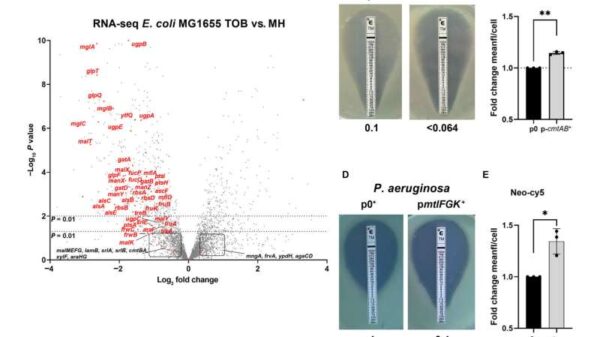In late 2023, a multi-hospital health system located in the Southeast United States experienced a significant increase in payer requests for documentation. The compliance team, which had been conducting routine retrospective audits, found itself overwhelmed as the volume of incoming denials and takebacks surpassed their capacity to respond. Within just six months, the organization reported more than $11 million in at-risk revenue and observed a doubling in external audit activities. This situation underscores a growing trend affecting healthcare providers across the country, driven by heightened payer scrutiny and complex regulatory landscapes.
The data reveals alarming statistics: coding-related denials surged by 120 percent in 2023, while denials related to inpatient medical necessity grew by 140 percent. Additionally, commercial payer requests for information, commonly known as RFIs, rose 122 percent. These figures highlight a shifting auditing environment, indicating that reliance on retrospective audits alone is no longer a viable strategy for healthcare organizations.
Challenges of Retrospective Audits
Traditional retrospective audits typically take place after claims have been submitted, whether paid or denied. While this method can uncover trends and errors, it fails to prevent financial losses effectively. Recovery efforts can be prolonged, often leading to permanent revenue loss due to timely filing limits or the inability to rectify documentation after the fact. This delay poses a severe challenge, particularly as profit margins for many healthcare systems remain precariously low. According to the American Hospital Association, over half of U.S. hospitals ended 2023 operating at a loss or with margins insufficient for reinvestment.
Moreover, the growing complexity of payer audits exacerbates the limitations of retrospective audits. New programs, evolving billing regulations, and increasingly advanced algorithms used by payers have made identifying errors easier on their end, while internal detection often lags behind.
Adopting Proactive Compliance Strategies
In response to these challenges, healthcare organizations are increasingly recognizing the importance of proactive auditing. Unlike retrospective audits, proactive audits identify potential issues before claims submission. By focusing on high-risk areas, organizations can prevent denials before they occur. This shift aligns with evolving regulatory expectations, as emphasized by the Department of Health and Human Services Office of Inspector General, which advocates for effective compliance programs incorporating ongoing monitoring and auditing.
Incorporating proactive strategies into broader revenue cycle operations not only reduces compliance risk but also enhances operational efficiency. The sheer volume of audits presents another challenge for compliance departments, particularly due to staffing shortages and manual workflows. Automation and analytics are emerging as key solutions to streamline processes and identify high-priority risks.
AI-powered tools can analyze billing data, detect concerning patterns, and flag records for review prior to submission to payers. This capability allows compliance teams to concentrate their efforts where they are most needed. Additionally, automation minimizes the risk of human error, which continues to be a primary cause of denials. Advanced analytics further bolster this approach by providing insights into denial trends, coder and provider performance, and overall audit outcomes.
When auditing, billing, and data teams function in isolation, critical insights may be overlooked. Connecting these systems enables organizations to respond to emerging risks in real time, facilitating necessary adjustments to processes. However, it is vital to maintain human oversight to ensure the accuracy and integrity of automated outputs. Poorly designed automation can overlook instances of overcoding, leading to financial penalties, while missed undercoding can result in lost revenue opportunities.
For instance, a health system recently discovered that its autonomous coding system had undercoded drug units, leading to a staggering $25 million in lost revenues—an error that would have gone unnoticed without human oversight integrated into the automation strategy.
The Financial Implications of Early Intervention
The financial benefits of proactive auditing can be substantial. Estimates derived from case studies and payer reimbursement data suggest that health systems can recover up to $4,901 per diagnosis-related group (DRG), $3,922 per diagnosis, and $1,980 per drug unit when errors are detected and corrected before submission. Although these figures can vary based on contract terms and clinical services, they present a compelling argument for shifting compliance auditing further upstream in the revenue cycle.
This approach is not solely about protecting revenue; it is also about ensuring sustainability. Health systems cannot afford to wait for payers to issue denials or clawbacks before identifying vulnerabilities. Proactive auditing, supported by automation and integrated analytics, is essential for maintaining financial viability and ensuring that compliance efforts bolster rather than hinder care delivery.
The call for change is clear. Compliance must evolve from a background function to a strategic one closely aligned with finance and revenue cycle leadership. Health systems that implement proactive auditing stand a better chance of navigating payer scrutiny, minimizing revenue leakage, and meeting regulatory expectations. The landscape has changed, and with the tools now available, the time to act is now.
About Ritesh Ramesh: Ritesh Ramesh serves as the CEO of MDaudit, a provider of AI-powered compliance and revenue integrity technology for the healthcare sector.



































































